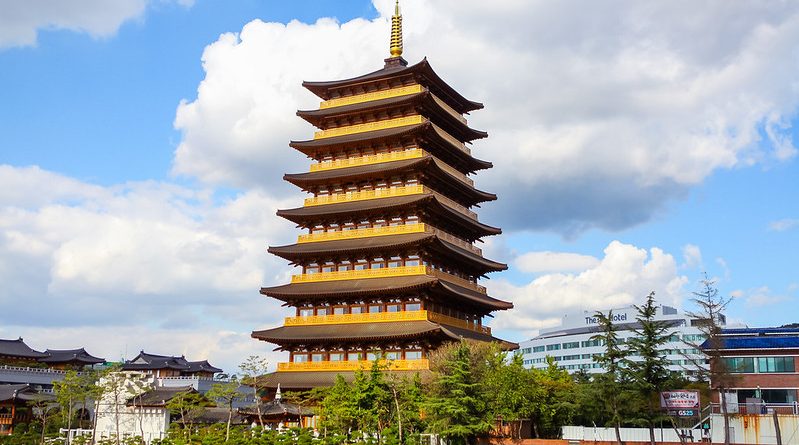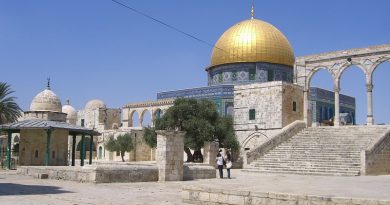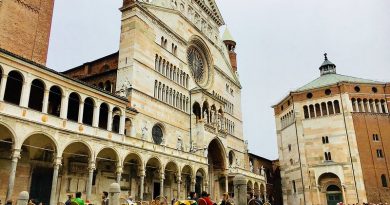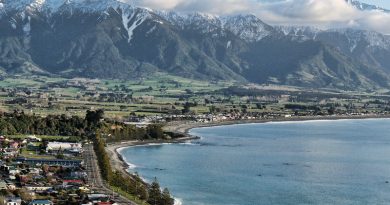Dynasties and Destruction: History in Gyeongju
Less aesthetically-minded scientists believe South Korea was first inhabited around 30,000 BC, when tribes from central and northern Asia stumbled on the peninsula.
200 miles south-east of Seoul, you can explore first century Relics of the Silla Dynasty.
A brief history of ancient Korea
Korea’s turbulent history is little known. According to the Koreans, the first of their kin was born in 2333 BC. Less aesthetically-minded scientists believe South Korea was first inhabited around 30,000 BC, when tribes from central and northern Asia stumbled on the peninsula.
Under constant pressure from China, these tribes banded together to found a kingdom in the 1st century AD. By 700 AD the Silla Kingdom of South Korea was hitting its cultural stride, littering the country with palaces, pagodas and pleasure gardens and influencing the development of Japan’s culture.
In the early 13th century, the Mongols reached South Korea and gave it their usual scorched-earth treatment. In 1238, they invaded and looted Goryeo, destroying the splendid Silla pagoda of Hwangnyongsa Temple. When the Mongol Empire collapsed, the Choson Dynasty took over and a Korean script was developed. In 1592 Japan invaded, followed by China – the Koreans were routed and the Chinese Manchu Dynasty took over.
History lessons in Gyeongju
For a real insight into this turbulent past, head for Gyeongju. For 1000 years, up until the 10th century, Gyeongu was the capital of the Silla Dynasty. Nearly 1000 years later, Gyeongju is an open-air museum masquerading as a small, provincial town littered with ancient rubble. Those keen on Silla culture or archaeology will be in heaven, investigating the remains of temples, tombs, shrines, palaces, pleasure gardens and castles, but more ordinary folk will probably find Gyeongu only has a day’s-worth of entertainment.
Sites to visit
In the centre of town, Tumuli Park is a huge walled area with 20 royal tombs, one opened in cross section. A few hundred yards away, Ch’omsongdae looks like a pile of rocks but is actually one of the oldest observatories in East Asia; the pile of rocks is a mathematical allegory for the days and months of the year. Across the river in the south of the city you’ll find theOnung Tombs, the most ancient tomb mounds in the area, and the elegant Posokjong Bower Gardens. The crowning glory of Silla temple architecture is Bulguksa, a magnificent temple built on a series of stone terraces about ten miles from the town. The eaves and internal painting of this gorgeous temple are one of the artistic highlights of Asia. Stand on the highest level of the temple and you’ll look down over a rolling sea of tiles. High above the temple, a seated Buddha (usually crawling with tourists) gazes over Gyeongju from Seokguran Grotto. Bulguksa Temple and Seokguran Grotto were listed on the UNESCO’s World Heritage List in 1995.
MORE INFORMATION
Korea.Net
Everything you could possibly wish to know about the Republic of Korea.




